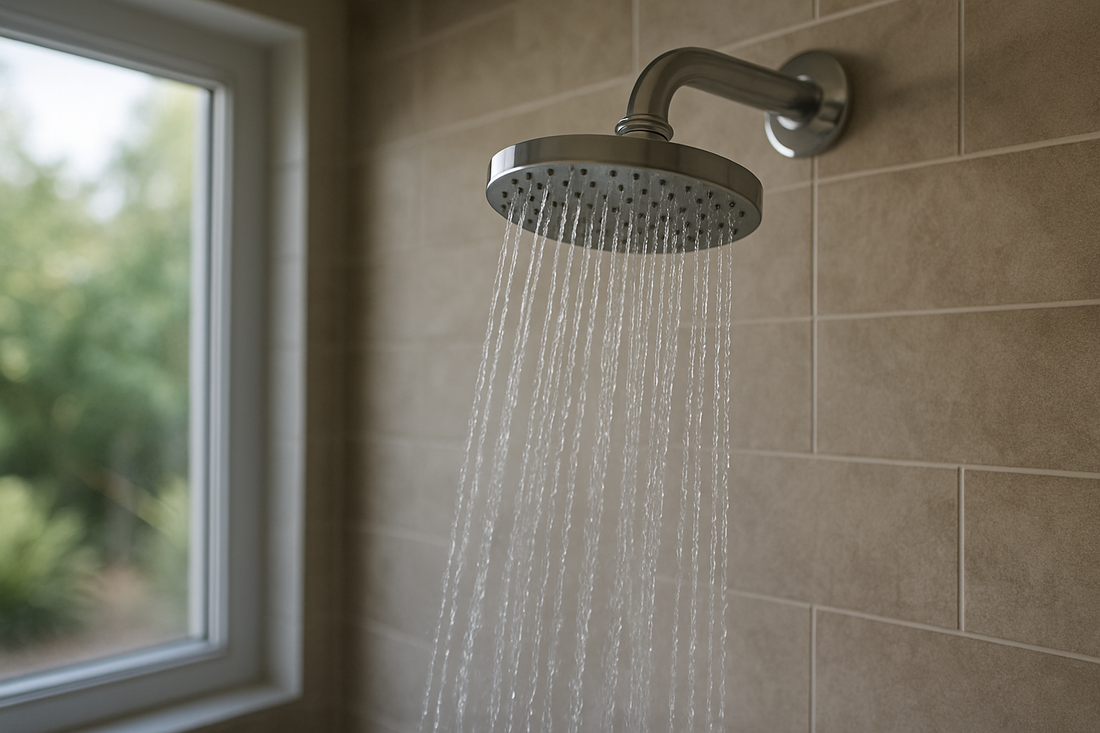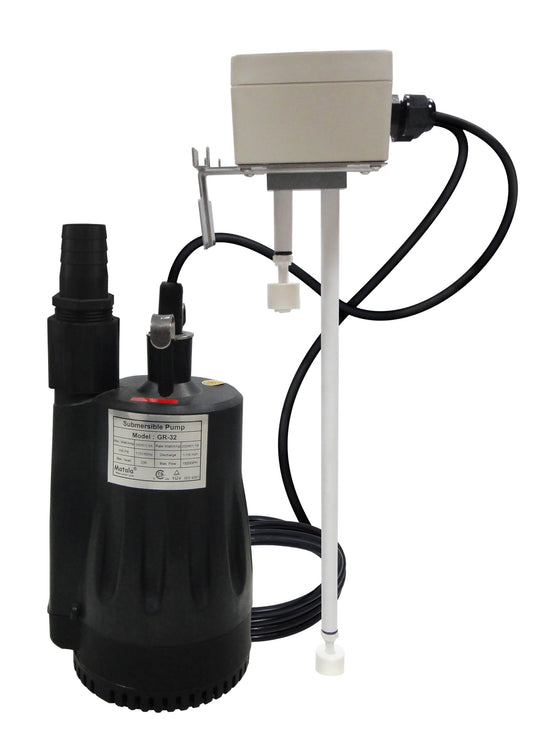
Greywater Systems vs. Rainwater Harvesting: Which Is Better for Your Home?
Mason LogueTL;DR
Greywater systems and rainwater harvesting both reduce water bills and support sustainable living. Greywater systems reuse indoor water for irrigation and reduce septic load, while rainwater harvesting captures fresh runoff for various outdoor uses. Together, they maximize water efficiency.
What’s the Difference Between Greywater and Rainwater Systems?
Greywater Systems
Collect used water from showers, bathroom sinks, laundry, and baths. This water is filtered and redirected for subsurface irrigation. Because it comes from indoor sources, it is available year-round, regardless of rainfall.
Rainwater Harvesting Systems
Collect rain runoff from roofs into storage tanks or barrels. This water can be used for irrigation, outdoor cleaning, or, with advanced treatment, indoor non-potable uses.
Cost Comparison
Greywater Systems (e.g. Aqua2use GWDD or Pro)
- System cost: Approximately $1,000–$2,500 depending on capacity and pump strength
- Installation: Integrates with existing plumbing drains and irrigation lines
- Maintenance: Filters cleaned every 4–6 months
- Long-term benefit: Reduces septic system load, extending tank lifespan and lowering pumping frequency
Rainwater Harvesting Systems
- System cost: Approximately $500–$3,000 depending on tank size and complexity
- Installation: Requires roof gutter routing, first flush diverters, and storage placement
- Maintenance: Minimal; occasional tank and filter cleaning
- Long-term benefit: Provides a free outdoor water source, reducing municipal water reliance
Use Cases: Which Fits Your Needs?
Why Greywater Systems Help With Septic Relief
Septic systems process all household wastewater, including greywater. Diverting greywater:
- Reduces septic tank volume load
- Extends time between pump-outs
- Helps prevent overflow or drain field saturation
For off-grid homes, cabins, or desert properties with limited septic capacity, greywater diversion is a practical solution to avoid system strain.
Can Greywater and Rainwater Systems Work Together?
They can complement each other perfectly.
- Greywater systems reuse indoor water daily for subsurface irrigation.
- Rainwater harvesting captures fresh runoff for surface watering, outdoor cleaning, or storage backup.
By installing both, homeowners maximize every drop of water entering their property, reducing dependence on municipal supply and preserving well water or trucked-in water resources.
Why Choose Aqua2use for Greywater?
Aqua2use GWDD and Pro models are compact, easy-to-install solutions with multi-stage filtration. They:
- Handle greywater safely for subsurface irrigation
- Reduce septic load and extend tank lifespan
- Require minimal maintenance for reliable daily use
Final Thoughts
Both greywater and rainwater systems play important roles in sustainable water management. If septic relief and daily irrigation are priorities, greywater systems are essential. For additional outdoor water supply, rainwater harvesting adds value.







